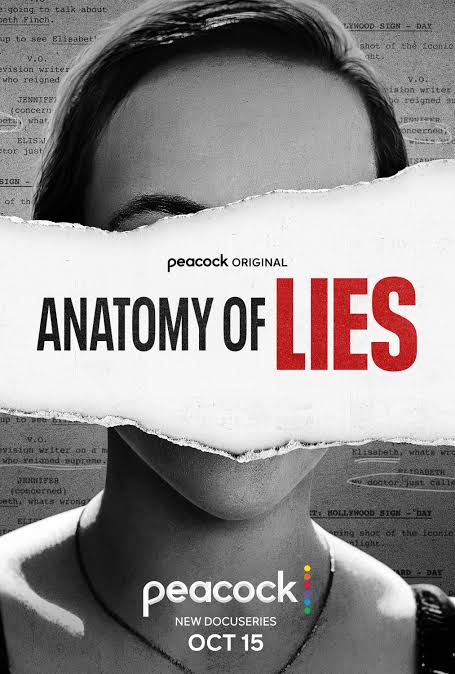Introduction
Lying is as old as humanity itself. From harmless white lies to grand deceptions, lies have shaped relationships, politics, and even history. But what makes a lie tick? Why do people lie, and how can we recognize the signs of deception? This blog dives into the anatomy of lies—examining why they happen, how they’re constructed, and how to spot them.
Whether you’re looking to improve your ability to detect dishonesty or simply curious about human behavior, this guide will shed light on the fascinating world of lies.
Contents
Table of Contents
- What Is a Lie?
- The Psychology Behind Lying
- Types of Lies and Their Purposes
- Common Signs Someone Might Be Lying
- Why Honesty Still Matters in a World of Lies
- Conclusion and FAQs
1. What Is a Lie?
At its core, a lie is a deliberate attempt to mislead someone. It can take many forms:
- Verbal Lies: Saying something untrue outright.
- Omission: Leaving out key details to distort the truth.
- Exaggeration: Stretching the facts for personal gain.
Lying can range from innocent fibs meant to spare feelings to malicious fabrications designed to manipulate or harm.
2. The Psychology Behind Lying
Why do people lie? The reasons vary widely but often boil down to these common motivations:
- Self-Preservation: Avoiding punishment or embarrassment.
- Gain: Achieving something they wouldn’t get with the truth (e.g., a job, money, or favor).
- Altruism: Protecting someone else’s feelings or well-being.
- Power: Manipulating others to maintain control or influence.
Interestingly, studies show that lying isn’t always premeditated—many lies happen in the heat of the moment, driven by instinct.
3. Types of Lies and Their Purposes
Not all lies are created equal. Here are some common types:
- White Lies: Small, harmless lies to avoid hurting someone’s feelings (e.g., “You look great!” when they don’t).
- Pathological Lies: Lies told habitually, often with no clear benefit.
- Social Lies: Lies told to fit in or conform to societal norms.
- Deceptive Lies: Manipulative lies meant to trick someone for personal gain.
Understanding the type of lie can provide insights into the liar’s intentions.
4. Common Signs Someone Might Be Lying
Detecting lies isn’t foolproof, but there are some telltale signs to watch for:
- Inconsistent Stories: Details that change each time the story is told.
- Body Language: Fidgeting, avoiding eye contact, or unusual gestures.
- Speech Patterns: Hesitations, stammering, or overly detailed explanations.
- Over-Defensiveness: Becoming overly defensive when questioned.
- Microexpressions: Brief facial expressions that contradict their words.
While these clues can hint at dishonesty, they’re not definitive proof. Context is key.
5. Why Honesty Still Matters in a World of Lies
In a society where lies can sometimes feel like the norm, truthfulness is more important than ever. Honesty builds trust, strengthens relationships, and fosters genuine connections. While lying might offer short-term benefits, the long-term consequences—loss of trust, damaged reputations, and guilt—often outweigh them.
Choosing honesty doesn’t mean never telling a white lie, but it does mean valuing truth and integrity in your interactions.
Conclusion
Lies are an inevitable part of human interaction, but understanding their anatomy helps us navigate a world full of deception. By recognizing why people lie and learning how to spot dishonesty, we can protect ourselves and build stronger, more truthful relationships.
In the end, while lies might be tempting, honesty remains the foundation of trust and connection.
FAQs
1. Why do people lie so often?
People lie for various reasons, such as avoiding trouble, gaining an advantage, or sparing someone’s feelings.
2. Can you always tell if someone’s lying?
Not always. While there are common signs of lying, skilled liars or subtle lies can be hard to detect.
3. Are all lies bad?
Not necessarily. White lies, for example, are often harmless and meant to protect feelings.
4. How can I improve my ability to spot lies?
Practice observing body language, speech patterns, and inconsistencies in stories. Context is also important.
5. What’s the biggest consequence of lying?
Loss of trust. Once someone knows you’ve lied, it can be hard to regain their confidence.
Understanding the anatomy of lies is like holding a mirror to human behavior—it reveals not only the flaws but also the potential for growth and honesty. Choose your words wisely!



Your point of view caught my eye and was very interesting. Thanks. I have a question for you. https://www.binance.info/es-MX/register?ref=JHQQKNKN